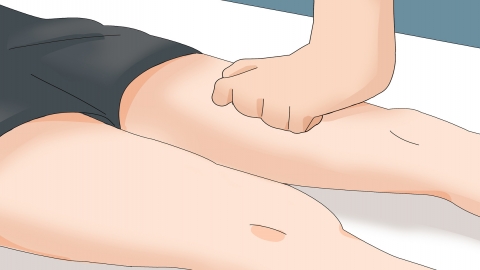Is it safe to use radiofrequency for slimming the calves?
Generally speaking, radiofrequency refers to radiofrequency ablation, whose safety needs to be comprehensively evaluated according to operational standards, equipment certification, and individual conditions. Detailed analysis is as follows:

Radiofrequency ablation for slimming calves mainly uses the heat generated by radiofrequency technology to target calf muscles or fat tissue, causing the treated tissue to contract due to heat and undergo metabolic breakdown, thereby achieving a slimming effect. In legitimate medical institutions, when qualified professionals operate certified equipment, the radiofrequency energy can be precisely controlled within a safe range, reducing damage to surrounding nerves and blood vessels. Common adverse reactions include transient skin redness and mild swelling, which usually subside within a few days. Overall, the procedure has relatively high safety.
However, this technique carries certain risks. Improper equipment settings may lead to skin burns, pigmentation, or scarring. If the operation is not performed correctly, the energy may damage deep muscles or nerves, potentially causing long-term pain or muscle weakness. Additionally, individuals with sensitive skin, existing inflammation in the calves, or neurological conditions face significantly increased risks.
Radiofrequency calf reduction is not absolutely safe; its safety highly depends on proper operation and individual suitability. It is recommended to choose accredited medical facilities, and have a physician assess calf morphology and overall health before the procedure to confirm the absence of contraindications, thereby minimizing potential risks.








